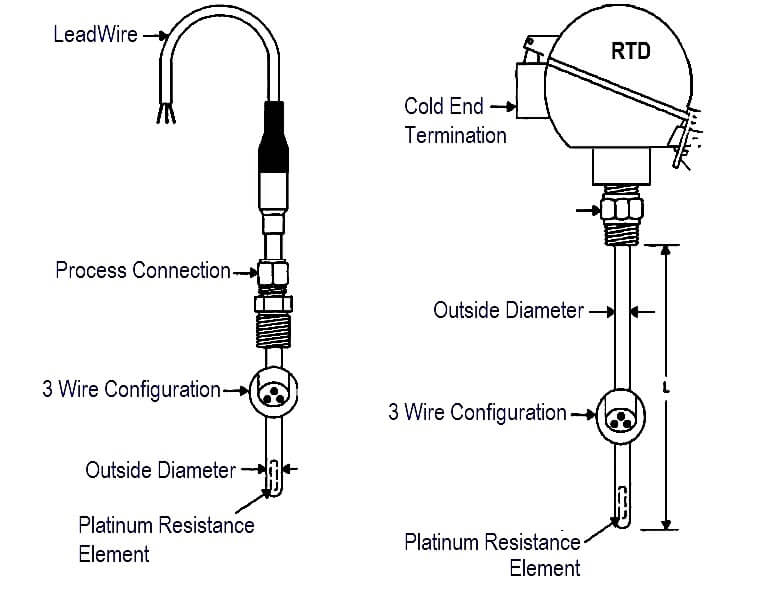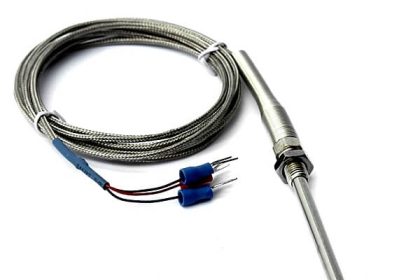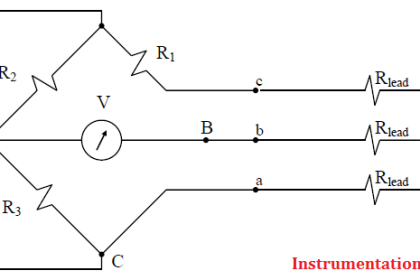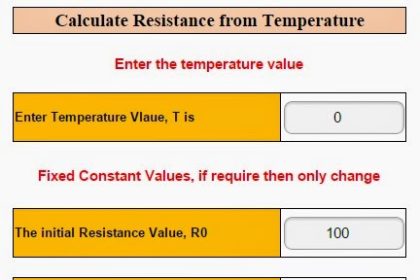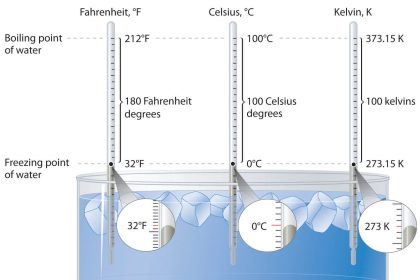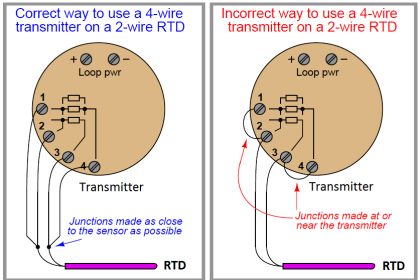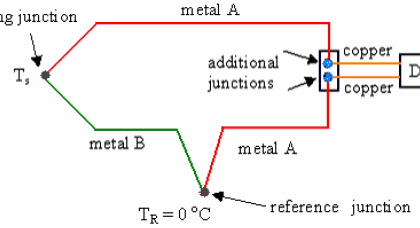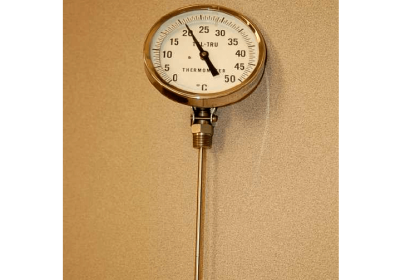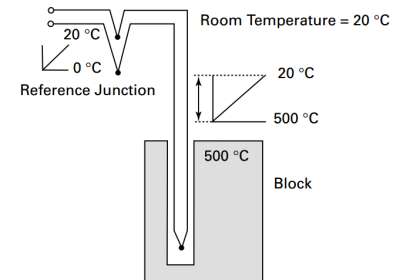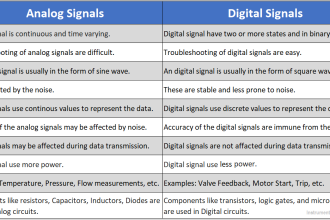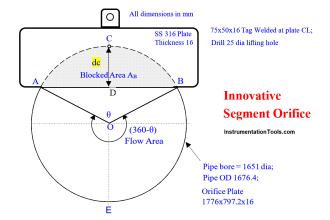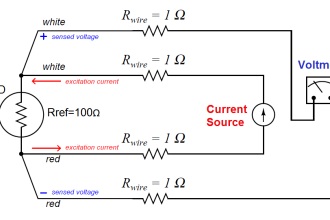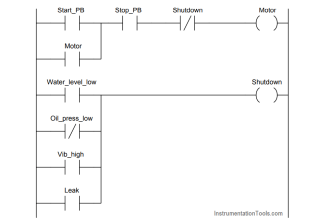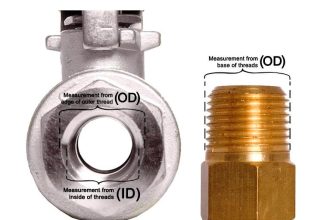Resistance Temperature Detector (RTD) is a temperature sensor which measures temperature using the principle that the resistance of a metal changes with temperature.
In practice, an electrical current is transmitted through a piece of metal (the RTD element or resistor) located in proximity to the area where temperature is to be measured.
The resistance value of the RTD element is then measured by an instrument. This resistance value is then correlated to temperature based upon the known resistance characteristics of the RTD element.
Components of RTD
Platinum resistance thermometers are electrical thermometers which make use of the variation of resistance of high-purity platinum wire with temperature. This variation is predictable, enabling accurate measurements to be performed.
They are sensitive and, with sophisticated equipment, measurements can routinely be made to better than a thousandth part of 1°C. The temperature coefficient defines how much the resistance will change in temperature and has units of ohms / ºC.
The greater the temperature coefficient, the more the resistance will change for a given change in temperature. Similarly, as the temperature of the RTD resistance element increases, the electrical resistance, measured in ohms (Ω), increases. RTD elements are commonly specified according to their resistance in ohms at zero degrees Celsius (0° C).
Read: Interview Questions on RTD
The most common RTD specification is 100 Ω, which means that at 0° C the RTD element should demonstrate 100 Ω of resistance.
RTD’s are generally quite linear, however, the temperature coefficient does vary over the range of operation. As an indication, the temperature coefficient of Platinum is averaged at 0.00385 over the range of 0 to 100 ºC., but varies about 2% over the same range.
What’s PT100, PT500, PT1000
They are all types of RTD (Resistance Temperature Detector) sensors that are made from Platinum. The Pt100 sensor has a resistance of 100 ohms at 0°C and is by far the most common type of RTD sensor.
The Pt500 sensor has a resistance of 500 ohms at 0°C and the Pt1000 has 1000 ohms resistance at 0°C.
These sensors are normally fitted into some type of protective sheath or mounting to form a probe, and these are commonly referred to as PRT (Platinum Resistance Thermometer) or RTD probes.
RTD Advantages and Limitations
RTD is one of the most accurate temperature sensors. Not only does it provide good accuracy, but it also provides excellent stability and repeatability. RTDs are also relatively immune to electrical noise and therefore well suited for temperature measurement in industrial environments, especially around motors, generators, and other high voltage equipment.
RTDs in industrial applications are rarely used above 660 °C. At temperatures above 660°C it becomes increasingly difficult to prevent the platinum from becoming contaminated by impurities from the metal sheath of the thermometer.
2 wire, 3 wire or 4 wire RTDs?
A simple rule of thumb is that the more wires an RTD has the more accurate it is. Explanation about RTD wiring configurations 2 wire, 3 wire, or 4 wire RTDs
Read Also
What are the common components of an RTD?
RTD platinum resistance element:
This is the actual temperature sensing portion of the RTD. Elements range in length from 1/8″ to 3″. There are many options. The standard temperature coefficient is an alpha of .00385 and the standard resistance is 100 Ω at 0° C.
RTD Outside diameter:
The most common outside diameter is ¼” in the US or 6mm (.236″) for non-US applications. However, outside diameters range from .063″ to .500″
RTD Tubing Material:
316 Stainless steel is commonly used for assemblies up to 500° F. Above 500° F it is advisable to use Inconel 600.
RTD Process Connection:
Process connection fittings include all standard fittings used with thermocouples (i.e. compression, welded, spring-loaded, etc.).
RTD Wire Configuration:
RTDs are available in 2, 3 and 4 wire configuration. 3 wire configurations are the most common for industrial applications. Teflon and fiberglass are the standard wire insulation materials.
Teflon is moisture resistant and can be used up to 400° F. Fiberglass can be used up to 1000° F.
RTD cold end termination:
RTDs can terminate on the cold end with plugs, bare wires, terminal heads and any of the reference junctions common to thermocouples.
Reference – jms-se
